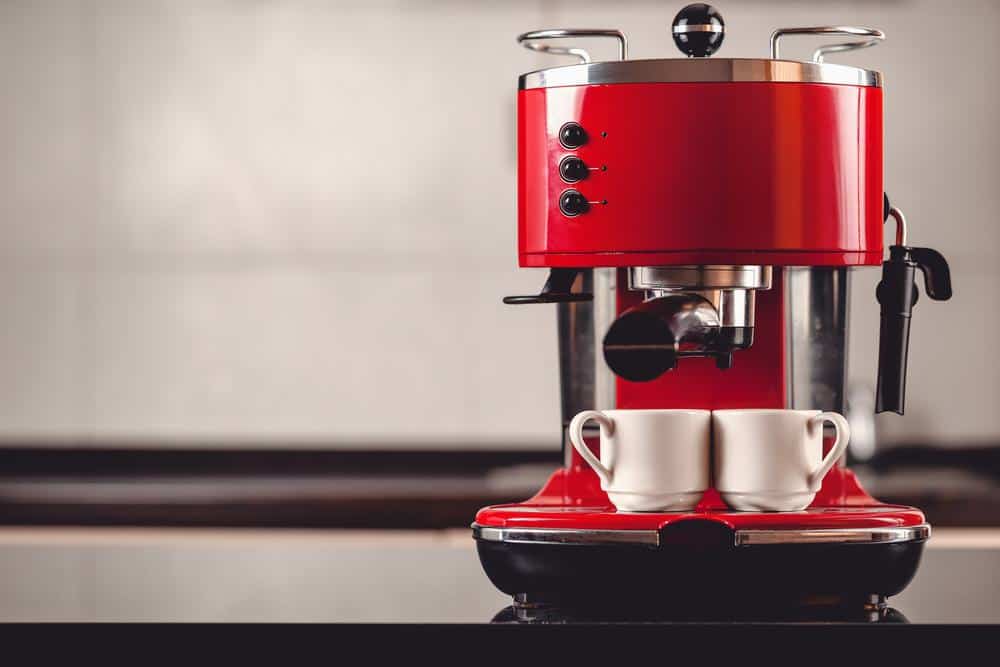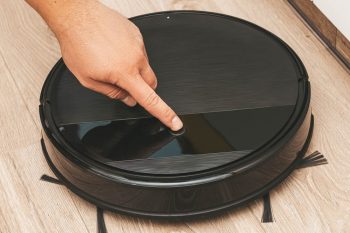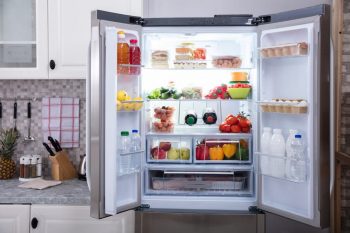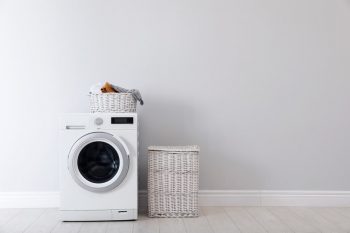
When it comes to brewing the perfect espresso, many factors come into play. From the machine you use to the beans you choose, every aspect contributes to the final taste. However, one crucial component often overlooked is the grind size of the coffee. In this comprehensive guide titled “What Grind for Espresso Machine?”, we will delve deep into the importance of grind size, how to achieve the perfect grind for espresso, common mistakes to avoid, and much more.
The ideal grind for an espresso machine is a fine grind, similar to the consistency of powdered sugar. This allows for optimal extraction during the brewing process, resulting in a rich and intense flavor. The extraction time should be between 25 and 30 seconds for a double shot of espresso. If the extraction time is too short or too long, adjust the grind size accordingly. Burr grinders are recommended for achieving a consistent grind size.
The Importance of Coffee Grind Size for Espresso Making
The grind size of coffee plays a pivotal role in the extraction process and the overall flavor of the coffee. For espresso, a fine grind size is required. This grind, with a consistency similar to powder, ensures that the coffee particles are fully extracted during the brewing process, resulting in a rich and intense flavor.
On the other hand, if the grind size is too coarse, the water will flow through the grounds too quickly, leading to under-extraction and a weak, watery espresso. Conversely, if the grind size is too fine, it can cause over-extraction, resulting in a bitter and unpleasant taste.
The ideal extraction time for an espresso is between 25 and 30 seconds. To achieve this, you need to adjust the grind size accordingly. If the shot takes longer than 30 seconds, you should coarsen the grind, while if it takes less time, you should make the grind finer.
How to Achieve the Perfect Grind Size for Espresso
Achieving the perfect grind size for espresso involves a few key steps:
- Start with a fine grind: Espresso requires a fine grind, which should have the consistency of powder. Begin by adjusting your grinder to the finest setting, which is too fine for brewing an espresso. This will help you avoid under-extraction.
- Make small adjustments: Espresso grinders are designed for precision, so make grind adjustments in small increments. Small adjustments will make a large difference in the time of your extraction.
- Brew a test shot: After making adjustments to the grind size, brew a test shot of espresso and evaluate the taste. If the taste is bitter or sour, either extend or reduce the brew time. If it still tastes off, make further adjustments to the grind size.
- Be patient and persistent: Finding the perfect grind size for your espresso can be a trial-and-error process, so be patient and persistent. Experiment with different roasts, blends, and brew times to find the ideal grind size for your taste preferences.
- Monitor extraction time: A good starting point for espresso extraction is around 25-30 seconds for a double shot. If your extraction time is too short or too long, adjust the grind size accordingly.
Understanding Different Types of Grinders
When it comes to coffee grinders, you have two main options: burr grinders and blade grinders. Burr grinders are highly recommended for their consistency and quality. They crush the coffee beans between two revolving, serrated surfaces, resulting in a more even grind size, which is crucial for espresso brewing.
Blade grinders, on the other hand, use a propeller-like blade to chop the coffee beans. They are more affordable but produce less consistent grinds compared to burr grinders.
Common Mistakes to Avoid
When grinding coffee for espresso, be sure to avoid these common mistakes:
- Using a grind setting that is too coarse or too fine
- Not using a burr grinder
- Not cleaning your grinder often enough
- Not using freshly roasted and freshly ground beans
- Not evenly tamping the grounds
By following these tips and avoiding these common mistakes, you’ll be well on your way to brewing the perfect espresso shot. Whether you’re a seasoned barista or a coffee enthusiast looking to perfect your home-brewed espresso, understanding the importance of grind size is key. Happy brewing!
Frequently Asked Questions
What’s the best type of coffee beans for espresso?
The best type of coffee beans for espresso is a matter of personal preference. However, traditionally, espresso is made using a blend of Arabica and Robusta beans. Arabica beans offer a smooth and sweet flavor, while Robusta beans lend a strong, bold taste to the espresso.
How often should I clean my coffee grinder?
It’s recommended to clean your coffee grinder at least once a month. However, if you’re using your grinder daily, consider cleaning it once a week to prevent coffee oil buildup which can affect the taste of your espresso.
Can I use pre-ground coffee for espresso?
While you can use pre-ground coffee, it’s not recommended for espresso. Pre-ground coffee loses its freshness and flavor quickly, and you also don’t have control over the grind size which is crucial for a perfect espresso shot.
How much coffee should I use for a shot of espresso?
Typically, for a single shot of espresso, you should use about 7-9 grams of coffee. For a double shot, you should use about 14-18 grams.
What is tamping and why is it important?
Tamping is the process of compressing the coffee grounds into the portafilter basket before brewing. It’s important because it ensures even extraction of the coffee particles, leading to a well-balanced and flavorful shot of espresso.












